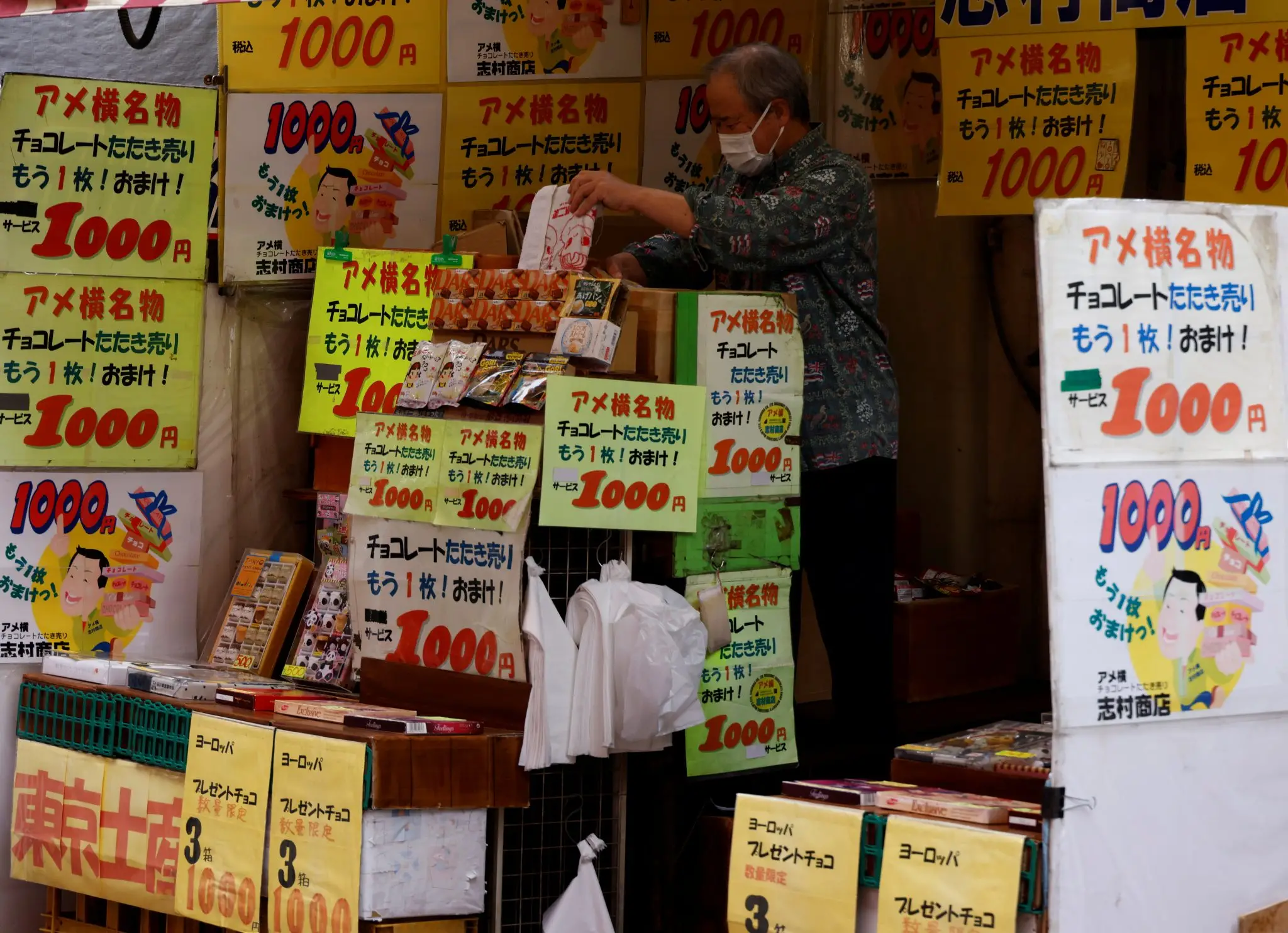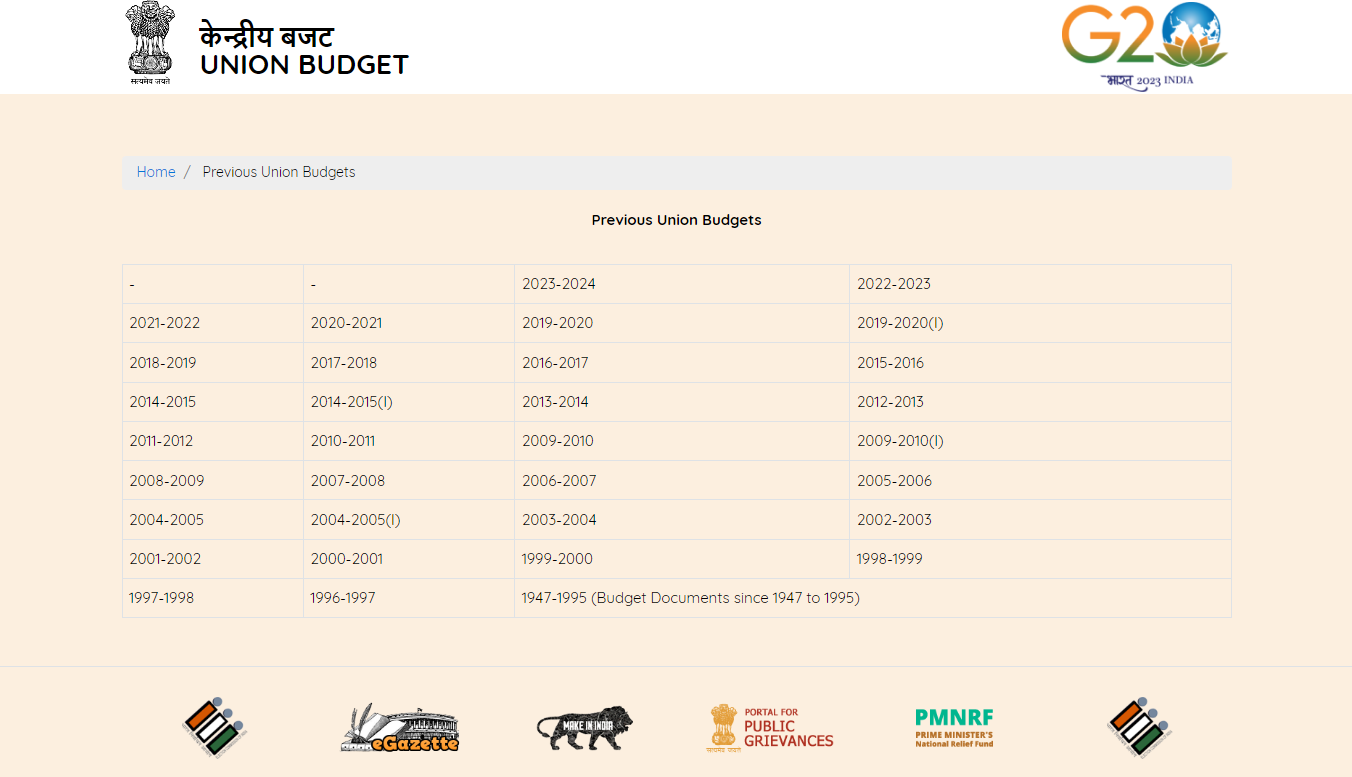Table of contents
In an unexpected shift, Japan after years had a significant reduction in wholesale inflation. According to the recent data from the Bank of Japan, input prices for Japanese enterprises increased by 0.8% year on year in October, the slowest since March 2021.
Source: (1)
Source: (2)
Two-Year Low Producer Prices
According to some economists’ estimations, the 0.8% increase in the input prices is short, raising concerns over the level of inflation. October saw a 0.4% decrease from the previous month, contrasting sharply with the consensus forecast of a 0% change.
This decline surpassed 2.8% in core consumer prices in September, indicating an economic slowdown. Such a slowdown in producer-side prices remained consistent, The Bank of Japan mentioned it should then be carefully measured.
For the second month, material inflation has been slower than the most recent reading of the central bank’s benchmark indicator. It is reported that on November 24, consumer inflation figures for October shall be officially released.
The slowing of producer-side prices also raised concerns about the durability of inflation over the 2% target based simply on cost-push factors. The ongoing high drop in lumber and utility costs compared to the previous years is a significant contributor to this trend.
For the first time since February 2021, the corporate goods price index (CGPI) has declined for ten consecutive months, with year-on-year increases falling below 1%. Prices for critical resources such as wood, chemicals and steel have also fallen, highlighting the impact of declining global commodity costs.
Lumber and utility costs, continue to fall dramatically compared to last year, as mentioned above. However, the recent fall of the yen past the 150 level against the dollar may rekindle upward movements in import costs, creating a new challenge for the central bank to monitor.
The rise in wholesale inflation has also compelled many Japanese companies to pass on greater costs to consumers, forcing the Bank of Japan to raise its inflation expectations in quarterly projections, as announced in October.
However, following a strong first half of 2023 fuelled by external demand, Japan’s economy is significantly declining. Despite the inflation stabilising at 3%, private demand, including household consumption and corporate investment is subdued.
The Bank of Japan emphasises the importance of inflations as being fueled by healthy domestic demand and wage growth, indicating a cautious stance to any changes in the ultra-low interest rates happening in the market surroundings.
The Japanese economy benefited from the favourable catch-up effects associated with the belated easing of the remaining border restrictions imposed during the health crisis in the first half of 2023. However, household consumption and business investment are still huge.
Real GDP growth for Q2 was revised downward from 1.5% q/q to 1.2% q/q, owing mostly to a sharper contraction of these two components. The issue for Japan is to promote internal inflation via the wage-price spiral while limiting the possibility of imported inflation.
Despite labour shortages and recruitment difficulties for businesses, nominal wages climbed by a meagre 1.1% y/y in July, below the rate of inflation. Prime Minister Fumio Kishida prioritises the call for corporations to offer higher salary increases to improve profit redistribution to salaries.
Source: (3)
As Japan faces economic challenges, a comprehensive approach to stimulate domestic inflation and wage growth would be essential. Policymakers must strike a balance between encouraging robust domestic demand and avoiding the negative impacts of imported inflation.
The upcoming collective wage talks in spring 2024 shall represent a watershed point in the probably normalisation of monetary policy. Stakeholders, including the government, corporations and labour groups must work together to traverse these obstacles for Japan to have a sustainable and balanced economic future.
Open debate and strategic planning are also essential for addressing such multi-faceted issues and propelling Japan toward economic stability and progress. A concerted effort is also required to promote a more equitable redistribution of profits to wages, ensuring that the benefits of economic progress are distributed more equally among the population.
The moment has come for aggressive steps that shall align the changing economic landscape and ensure Japan’s long-term stability and prosperity.
Source: (4)




















